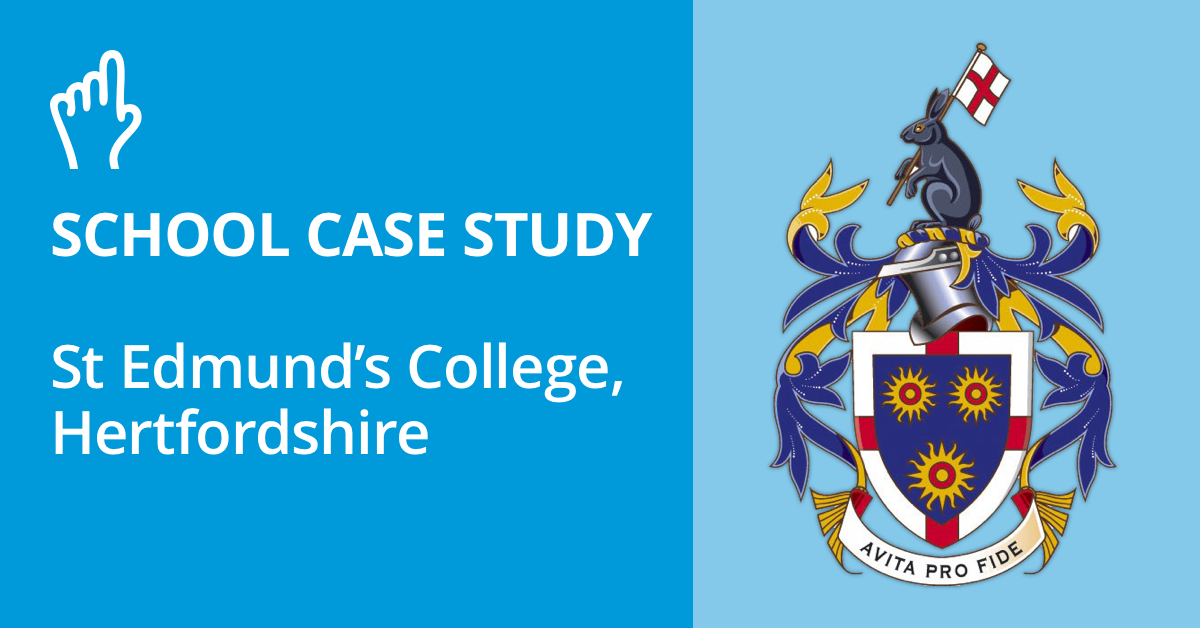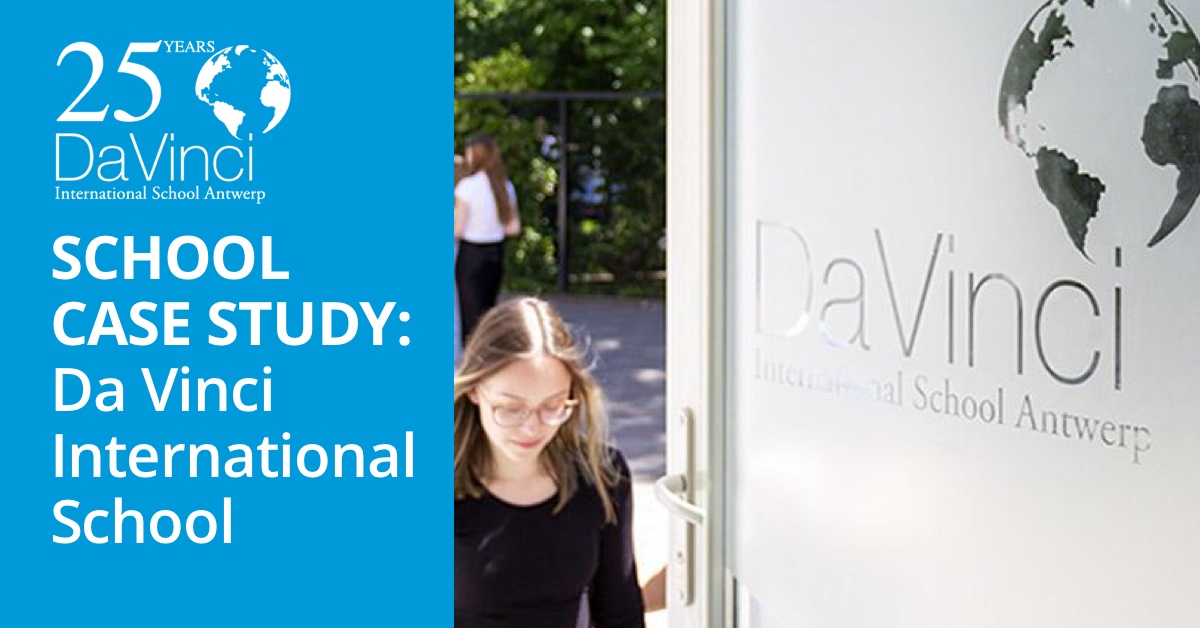Picture the scene.
My wife and I are helping our 15-year-old nephew on an application for work experience. He wants to be a cocktail mixologist. (Our enthusiastic assistance isn’t purely altruistic.) We go through his initial ideas with him. We show him our own CVs and examples of cover letters, some dating before his birth, hidden away in dusty files on our laptops, but retrieved with remarkable ease. We then rework his early tentative sentences, suggesting possible amendments while making encouraging noises.
Keen to show my own copywriting credentials, I throw a few cocktail metaphors into the mix, leaving him, I hope, stirred, not shaken.
So far, so ordinary.
It’s just that our nephew isn’t here with us.
Our nephew isn’t even in the same house.
Or country.
My wife’s French.
Our nephew, Max, lives in a small village about 30 minutes outside Orléans.
But we are able to do all these things to help him, by sending voice notes, communicating on WhatsApp video, and sharing documents online to allow instant changes, with the three of us working on the same text.
Max soon had his application sorted, although we’re hoping he’ll be quicker at making margaritas.
Amazing, really.
Tech – the great enabler
21st century tech solves so many problems, easing the way, enabling collaboration, breaking down distances.
We’re perhaps a little spoiled. We’re starting to take this stuff for granted.
Let’s not for a moment.
Let’s just reconsider how tech, used well, has made studying so much easier.
There’s a dizzying array of tools out there to help today’s students, and interestingly, it’s often quite simple tech, or a simple concept rendered possible by clever tech, that makes the most difference – a textbook on a screen, say, or the capacity to send audio feedback, saving teachers hours of time writing comments.
There are tech tools to organise your time, to keep you on task and accountable, to organise you and your notes, to test your knowledge; the list goes on and on.
To narrow this down, I’ve focused on the tech most used and loved by students I speak to, along with some tips about some simple things you may not be doing to make the most of them.
Research: the “information superhighway”
The “information superhighway”, or internet as we know it today, provides a wealth of digital libraries, open educational resources, study guides, and online learning platforms such as Khan Academy, Coursera, and edX.
There’s a lot to be said for venturing beyond the first page or two of Google. Go on. Be brave.
To find the very best writing, narrow down your search with quotation marks and the use of subject-specific terminology.
Google Scholar repays taking time for experimentation. “Stand on the shoulders of giants,” its tagline reads. (Good of Isaac Newton to come up with that for them.)
It’s also great to see museums and galleries open up their archives and collections through digitisation, increasing access for all.
Video content: “I see and I understand”
Seeing goes beyond believing. Seeing is understanding, hence the effectiveness and popularity of infographics and video content online. Plate tectonics, paracellular transport, plays in performance – students need to visualise these things.
YouTube videos, one of the miracles of modern life, are great in the classroom. Again, there’s a cornucopia of fantastic content out there. Big shout out to YouTube channels like National Geographic, Smarter Every Day, Khan Academy(again), Crash Course, and TED-Ed – but they’re just the tip of the iceberg. They’re a boon to educators and students, bringing learning to life.
Mind you, 73% of teachers face challenges with inappropriate content on YouTube, according to a recent TeacherTapp survey.
One of the benefits of Classoos is that it allows teachers and students to add links to their books, including from YouTube. Once the links are added, the YouTube video plays with no adverts around or before it. Better still, there are no follow-on videos, mitigating the risk of unnecessary distractions or inappropriate material.
Furthermore, it’s easy to lose yourself down an online resources rabbit hole.
And all that choice can lead to paralysis.
Another benefit of digital textbooks is that teachers can curate the very best online content, sorting the wheat from the chaff and embedding links to save students time.
Take note: where to put all that information
All that information can be more than a little overwhelming.
Thankfully, students are making more and more use of apps such as Evernote, Microsoft’s OneNote, and Apple’s Notes. There’s also Notion, which my 14-year-old son likes, telling me: “I love the way I can quickly create a toggle which can then quickly show or hide information. This makes it easier to organise my notes and this is particularly useful when revising and looking through past topics.”
These apps are brilliant for collecting and collating typed, scanned or voice-recorded notes, along with images, and across platforms, while syncing them to the cloud, ensuring safe storage.
This is all stuff we’re starting to take for granted now, but it is saving hours of time.
The next stage is students using generative AI to summarise their notes.
And another big advantage here, to my mind, is retrievability. A quick search on digital textbooks will soon locate information on a particular topic, theme, or key term.
Self-testing and retrieval practice
Learning, ultimately, is about retrieving and applying knowledge, without help, and once again, the tech is there for that, also.
Quizlet, Memrise, Seneca, Anki are household names now.
Using the principles of gamification, such as badges, personal bests, and reward-based competition, the likes of Duolingo are making learning as addictive as gaming!
My son sent me a screenshot recently which proudly announced: “I’m on a 600 day learning streak!”
Using the principle of spaced repetition, adaptive tech returns to content at just the right interval, while tracking students’ engagement, preferences, and performance, and personalising content and pitching it accordingly.
Students like the feeling of control or independence. The learning process is self-paced, as, when and where it suits them.
Teachers – to give them a fleeting mention – like that they can see pupils’ progress. Dashboards are improving all the time.
Teachers want to see learners apply knowledge. Practice questions / papers are essential.
Thankfully, they’re now widely available online. Better still, they can all be housed together, all under one roof, on the school’s virtual learning environment (VLE), along with other activities and resources, and again easily searchable, whether it’s Canvas, Firefly, Schoology, Blackbaud, Google Classroom, Microsoft, or another.
Collaborating
This is where we come full circle. I do think this is one of the best uses of tech.
We’re social animals. We want to work and learn together. We want to help each other out and share solutions to common problems.
Collaboration is made a whole lot easier with tech.
Sharing documents, producing revision notes at exam time, using track changes to see how ideas evolve – they’re all invaluable and embedded in 21st century best study practices.
Digital textbooks are particularly handy, enabling the sharing of annotations, with selected students or colleagues.
Final thoughts
Of course, we’re only brushing the surface here.
There’s so much I’ve not mentioned.
There’s the usefulness of social media, online forums, and support networks, or how WhatsApp groups come into their own when students are struggling with homework or last-minute revision.
There are all those wonderful apps for organising and optimising our time. Students these days, thankfully, spend a lot less time colouring in elaborate revision schedules which soon get ditched.
There’s VR, AR, and generative AI.
My wife has just been showing me magicschool.ai, an AI platform for educators that offers writing help with lesson plans, assessments, feedback, reports, revision resources, email, and more, and in over 25 different languages, to boot.
And, of course, assessment is changing, with the imminent phasing in of digital exams.
Studying in the 21st century is increasingly digital and it is imperative to prepare young people for the digital world of work.
For more on this…
How technology is changing assessment (gkandpartners.com)
5 top revision tips as we hit the home straight | Classoos





